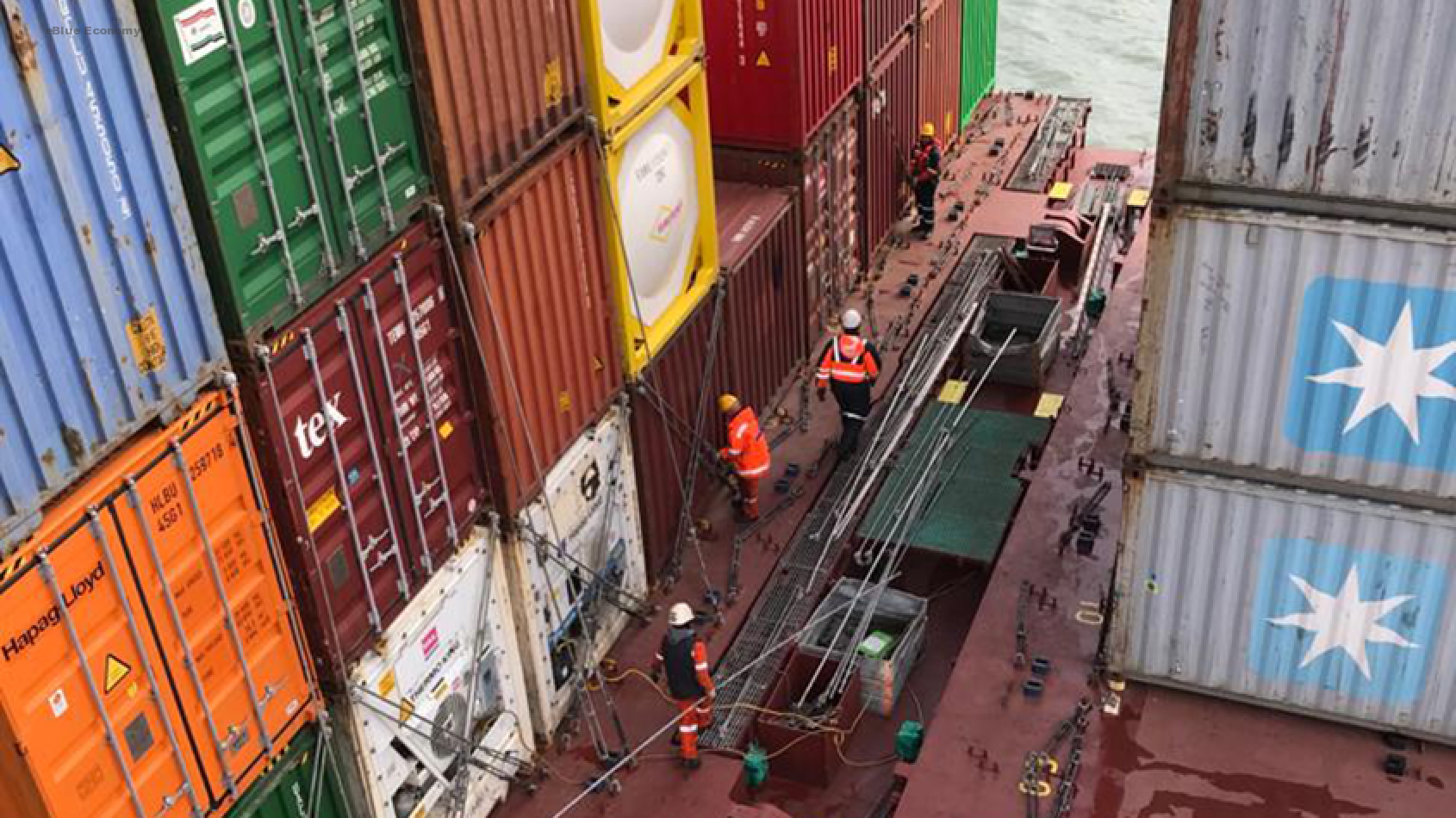Obtaining a cbft rate Freight Rate is crucial to the success of your business. You have to take a lot of things into account when figuring out your freight rate. Dimensional weight, chargeable weight, freight class, and freight rate are a few of them. Learning how to calculate these things can be challenging. Fortunately, there are a few pointers you can apply.
In essence, the dimensional weight is the package's actual weight times its cubic volume. You will be charged for its dimensional weight, for instance, if you mail a package that is 8 by 4 by 2 inches.
Since the earliest days of air shipping, there has been dimensional weight. Carriers, however, added dimensional weight in an effort to standardize their pricing policies. In the past, carriers would bill customers based on the actual weight of their packages. This approach was deemed to be unsuccessful.
Dimensional weight is now widely used in the transportation sector worldwide. Both domestic and foreign shipments are made using it. Both domestic and international packages are calculated using the dimensional weight formula by the United States Postal Service (USPS). The USPS divisor for Priority Mail Express, Non-Lightweight Parcel Select, and Daily Rates is 166 and 139, respectively.
UPS provides a dimensional weight calculator. It is a helpful tool for figuring out how your package will be weighed and measured. You can use this calculator to determine the price of shipping your package.
The weight of your package's dimensions can significantly raise the cost of shipping. It will also have an impact on how many items you can fit in your package.

It's crucial to determine the parcel's chargeable weight before sending any packages. The shipping costs are computed using this. Volume weight and dimensional weight are other names for chargeable weight.
Based on the package's density, this weight is determined. High density packages are heavy. They occupy more room in the aircraft. Low density makes a package relatively light.
The chargeable weight can be determined in a variety of ways. The common package measurement method is the simplest approach. By taking measurements of the shipment's length, width, and height, this method determines its volume. The chargeable weight is then calculated by dividing the weight by the volume.
There is also the USPS Cubic. USPS Priority Mail employs this technique, which has a particular formula. Only packages measuring three cubic feet or more can use this method.
There is also the dim weight to consider. When a package has a volume greater than 584 cubic inches, this weight is determined. It only covers air transportation.
Calculating the volumetric weight of a shipment involves dividing its dimensions by its height and width. The chargeable weight is then calculated by multiplying the result by 5000.
The shipment's actual weight is expressed in pounds. The freight rate is calculated using the larger of the two weights.

A freight class calculator can be a great tool for accurately shipping your freight. The density and volume of your shipment can be determined using a number of different techniques. By doing this, you can locate the proper class code and prevent carrier rebills.
One of the key elements in determining freight class is density. By dividing the weight of your freight by the cubic foot of space it takes up, you can determine this. The total length, width, and height of your shipment are equal to one cubic foot.
Pounds per cubic foot is a unit of density. As a result, a shipment that weighs 100 pounds and requires a cubic foot space of 2 pounds will cost more to ship than one that weighs only 50 pounds.
Understanding freight density is essential because it has an impact on how much your shipment will cost in the end. Lower density will also be the result of smaller packaging.
The shipping industry adheres to a standard called freight classes. They aid in your decision-making regarding your shipment's handling needs and shipping costs. They also offer a common comparison of various goods.
The National Motor Freight Traffic Association creates freight classes (NMFC). This system of grouping is applied to both domestic and international trade. They also aid in the formulation of your shipping strategy.

Matic Express was founded in 2007. The headquarter is in Shenzhen China. Changsha Chaintech Supply Chian Management Co, Ltd is a subsidiary of Changsha China, is our principal business. We are specialized in air & sea shipping express, rail, truck shipping and truck delivery with DDP, DDU, FLC, or LCL terms. We deliver products to Amazon warehouses, designated addresses, and other door-to-door services.
Matic Express provides international Amazon shipping services through sea freight and air freight, rail railway express, and truck shipping. Our service area covers USA, Canada. France, Germany. Poland, Italy. Spain, Japan. New Zealand. etc. Delivery, pick up, Amazon label, booking, placing and clearance of customs. Local delivery right to your door.
Matic Express offers door to door delivery services.
Matic Express owns warehouses that can store your goods. The warehouses we have are located in Shenzhen Yiwu Ningbo Shanghai Guangzhou Guangzhou Dalian, Chongqing and Guangzhou. We pick it all up at the warehouse. Our warehouse can be supplied by your suppliers or you. It provides services like inspection of cargo and stick labelling, determining mass or size, and delivery.